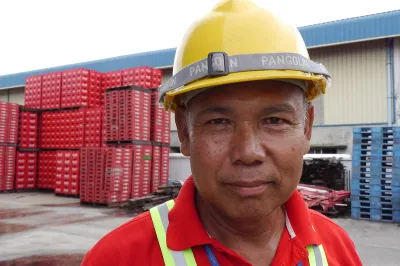Case Study
Livelihood Promotion through Income Generation - A Case Study of Maa Tarini Mahila Samiti
Alternatives to traditional methods of income generation
Download
5 pages
This paper describes the success of the self help group (SHG), Maa Taarini Mahila Samiti, founded in a backward village of Orissa, India, with the encouragement of the Gramin Vikas Trust.
The village had the following features:
- Main occupation was agriculture, followed by wage labor;
- Cultivation was rain dependant;
- Irrigation facilities were insufficient;
- Modern technology was absent;
- Productivity, income and asset base were low;
- Capital was lacking.
The SHG had the following features:
- 12 women members, 10 of whom were married;
- Homogeneous caste and class structures;
- High level of literacy.
The group functioned as follows:
- Members met every month for a meeting;
- Each member saved Rs. 10 monthly;
- Defaulters were fined;
- The group linked up with the Bank of India.
The group took up the following alternative livelihood options:
- Diversified from traditional agriculture to sabai grass cultivation;
- Made ropes from the grass;
- Entered into the livestock business;
- Started bamboo plantations;
- Used the agricultural equipment given to them by Gramin vikas Trust to earn more income.
The paper concludes by listing the group's achievements:
- Enhanced self-reliance;
- Creative use of locally available resources;
- Increased ability of the SHG and Gramin Vikas Trust to work together;
- Strengthening of institutional capacity through training.
About this Publication
Published


